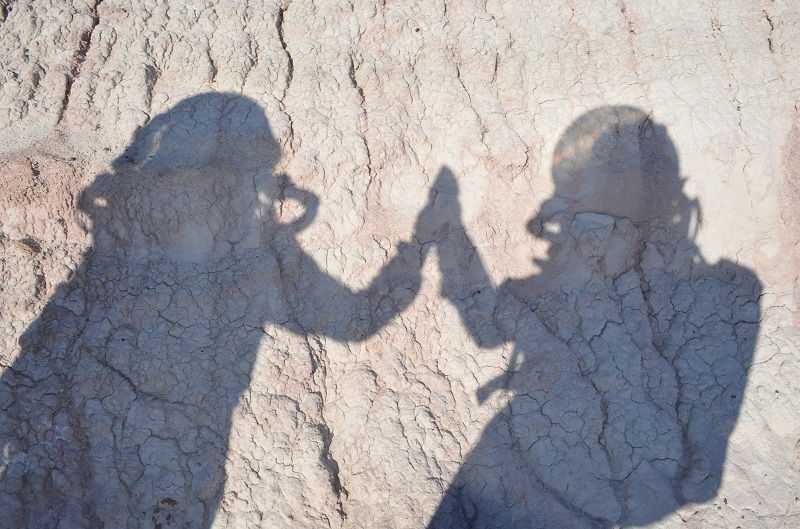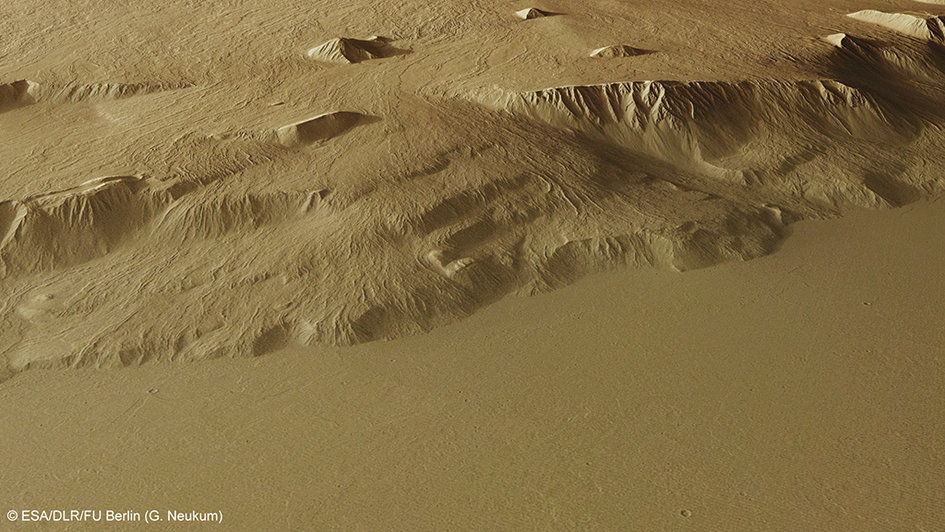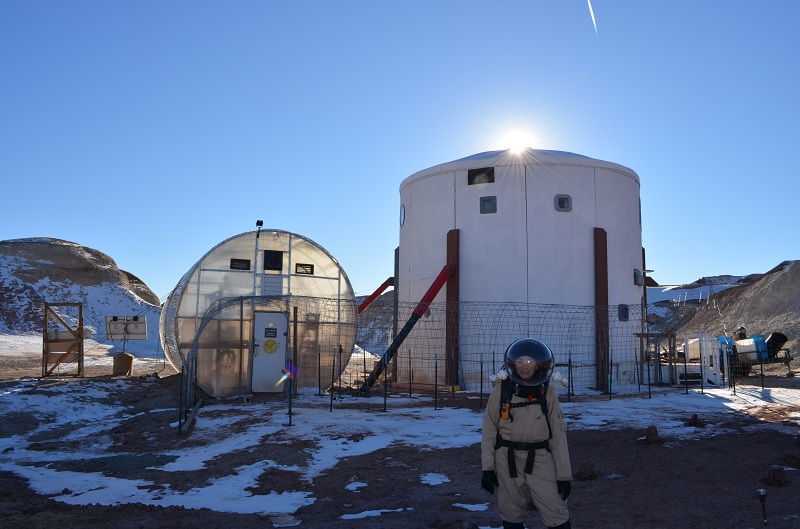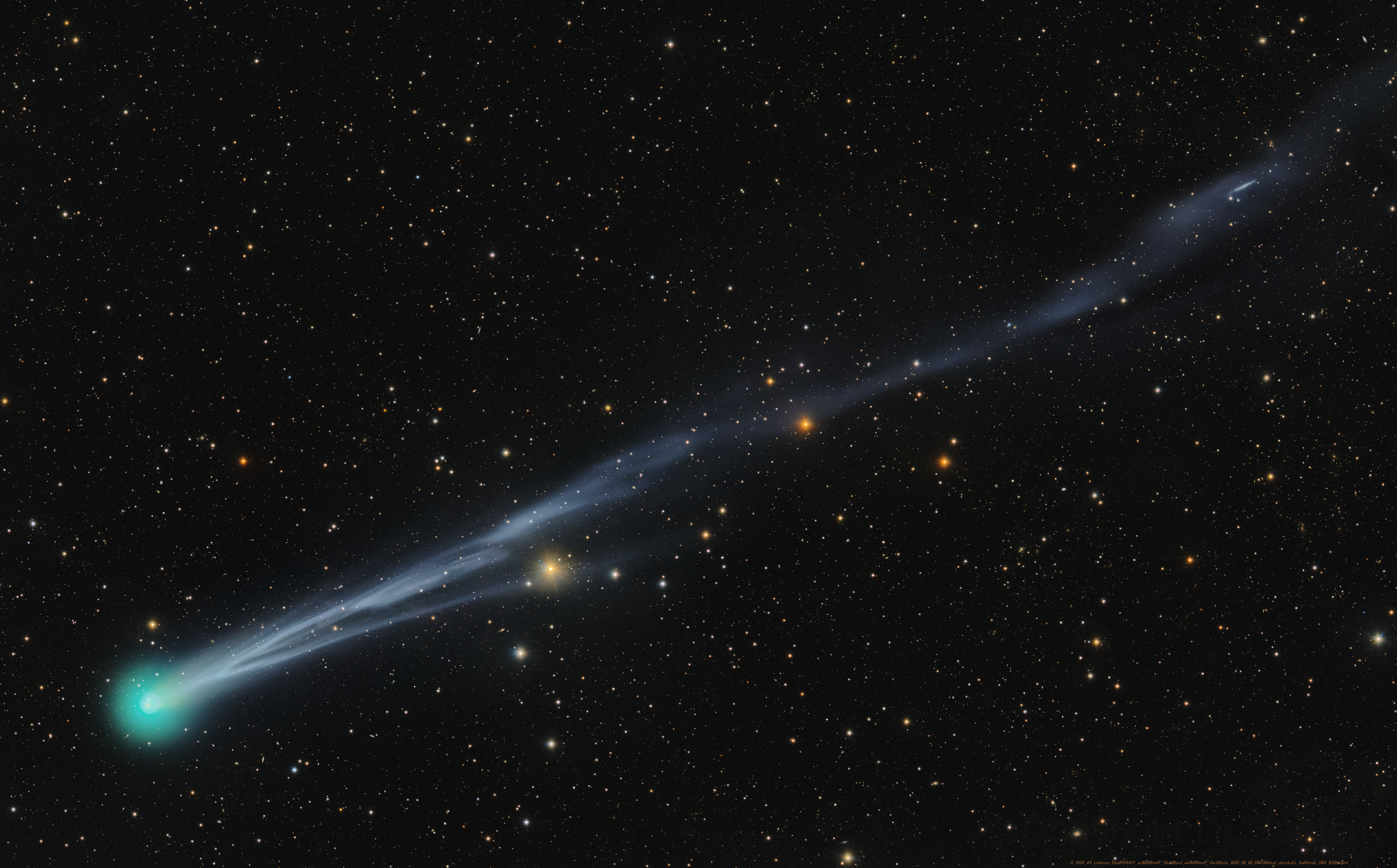Manned Mars Missions: How Will Astronauts Get Along?

Scientists aim to equip manned crews to Mars with innovative devices that keep track of social interactions and provide instant feedback when conflict and other troubles regarding teamwork emerge.
NASA plans to send the first humans to Mars sometime in the next quarter-century. Such a mission will push the boundaries of teamwork for the handful of astronauts selected, as they will have to spend as long as three years isolated together in a tiny capsule traveling through the harsh dangers of space toward the Red Planet and back. Any problems in teamwork could jeopardize the mission.
To help maintain teamwork during a mission to Mars, scientists are developing devices aimed at monitoring astronauts in real time to learn how and why cooperation fluctuates over the course of a mission. [The Boldest Mars Missions in History]
"The intended purpose of the technology and analytics we are developing is to help the team be more aware and attuned so team members can effectively regulate their teamwork," said Steve Kozlowski, lead investigator on the project and an organizational psychologist at Michigan State University in East Lansing. "Good teamwork will be essential to the success of long-duration space missions. We are developing tools so the team can manage their interactions well, identify potential problems, and resolve them before they become problematic."
Kozlowski and his colleagues have for years investigated how scientific teams get along when serving for long periods in isolated, confined and extreme conditions similar to what astronauts encounter. For example, in Antarctica, they ask team members to write diaries for five to 10 minutes every day for anywhere from six weeks to nine months, documenting events that spur teamwork or conflict.
"For example, in one study, negative spikes in team cohesion were associated with a couple of team members not wanting to share the workload; positive spikes were associated with celebration," Kozlowski said. "It's not rocket science, but it shows how small, even trivial things can influence the ability of a team to be effective. Mere rudeness can inhibit performance."
Ideally, however, Kozlowski and his collaborators would like automated ways to see how teams are doing in real-time. [Images: Mock Mars Missions in the Arctic]
Breaking space news, the latest updates on rocket launches, skywatching events and more!
"One of the key limitations of social science is its heavy reliance on self-reported questionnaires where people retrospect and report on what they perceived or felt about a target person or event," Kozlowski said. This method is obtrusive, relies on memory, which can be fallible, and is vulnerable to what questions are asked and how those questions are asked, he explained.
The researchers are now developing badgelike devices for astronauts that researchers aim to shrink down to the size of a smartphone. The badges would unobtrusively measure a number of factors about the astronauts, such as heart rate, body motion, what they say and how they say it, their proximity to other crew members and the amount of face time between crew members.
"These new technologies will revolutionize the very nature of social science, how it is conducted, and what insights it can offer with respect to human interaction," Kozlowski said.
For instance, the devices could tell if a team member gets loud or turns away from a conversation suddenly, activity that, when done repeatedly, could signal a problem. Once the badges help identify a concern, they would then wirelessly relay that data to, for example, the crew member, the crew leader, or the entire team.
"The intent is to make the technology part of good teamwork, not to create a 'Big Brother' that is watching from the outside," Kozlowski said.
Scientists have worked on developing these devices for three years now. NASA recently awarded the project $1.2 million for another three years. This brings total funding from the space agency for the project to $2.5 million.
A rudimentary version of these badges can now run for a few hours and has proved effective at accurately and consistently collecting data in a lab setting. The researchers now want to make sure its packaging and power system are robust enough for use in simulations of space missions.
"One such analog, HERA, is housed at the Johnson Space Center — it is a habitat that simulates a capsule for flight or remote work on Mars. One- to two-week simulations are planned, and we intend to evaluate the badges in that setting," Kozlowski said. "Another habitat is called HI-SEAS that runs simulated Mars exploration missions. We intend to evaluate in that setting as well. Ultimately, we may be able to do some evaluation in the Antarctic, but that is further off."
These badges could help advance science outside of space research.
"Organizations may be interested in how knowledge is shared, how innovation emerges; the badges could help illuminate that process," Kozlowski said. "They could also be used for more mundane but no less important tasks like monitoring the elderly at home — how's grandma doing?"
This story was provided by Astrobiology Magazine, a web-based publication sponsored by the NASA astrobiology program.
Follow SPACE.com on Twitter, Facebook and Google+. Original article on SPACE.com.

Charles Q. Choi is a contributing writer for Space.com and Live Science. He covers all things human origins and astronomy as well as physics, animals and general science topics. Charles has a Master of Arts degree from the University of Missouri-Columbia, School of Journalism and a Bachelor of Arts degree from the University of South Florida. Charles has visited every continent on Earth, drinking rancid yak butter tea in Lhasa, snorkeling with sea lions in the Galapagos and even climbing an iceberg in Antarctica. Visit him at http://www.sciwriter.us




